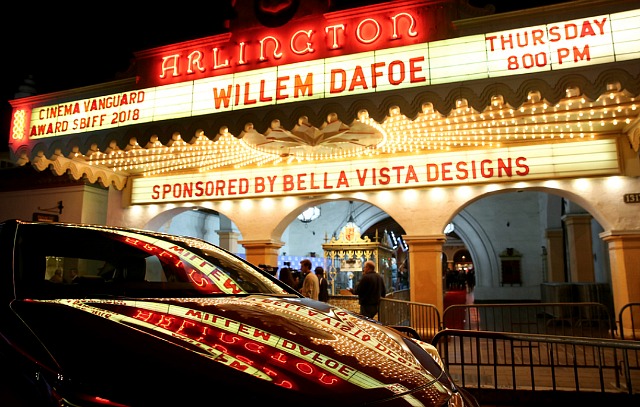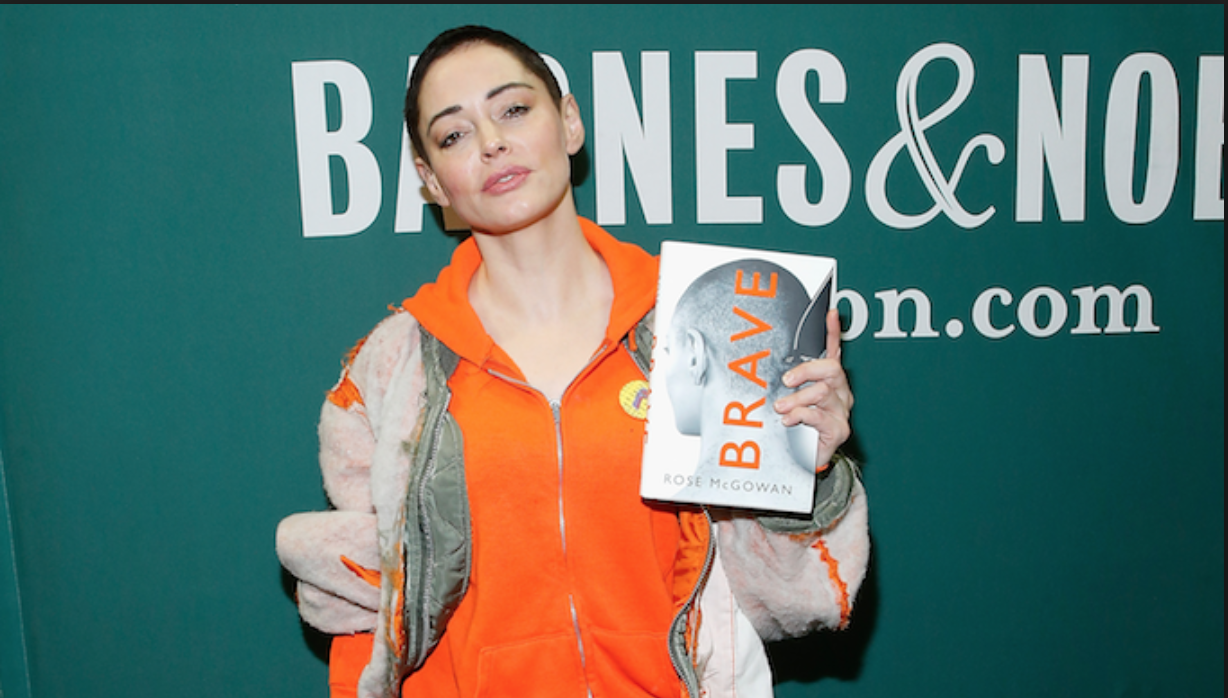In Andrew Wagner‘s Breakable You, Holly Hunter (The Big Sick) is a newly divorced therapist who becomes romantically involved with her plagiarizing playwright ex-husband’s brother. I’m okay with Tony Shalhoub as the ex (as long as he keeps his shirt on), but Alfred Molina is a no-go as the amorous brother. There are actors you never want to consider or imagine in an intimate context, and Molina, no offense and God bless him, is one of them. Just as audiences of the ’30s, ’40s and ’50s never wanted to contemplate Charles Coburn in a sexual light. Brian Morton’s source novel was published in 2006.
 Jeffrey Wells
Jeffrey Wells
God Is A Concept
I had a traumatic birth, which gives you a certain antsy outlook on things. By the time I was six or seven I was feeling very angry at God for giving me such a miserable life in suburban New Jersey, and especially for giving me such strict, hard-nosed parents, particularly a mother who made me go to church every damn Sunday. In my tweens and teens I went through a period of mocking and taunting Him. Then I embraced and worshipped Him as a result of my mystical LSD trips in my early 20s. Then I came to an understanding that God is, depending on how lucky or unlucky you are in terms of parental or tribal lineage and birth location, at best impartial about whether you’re living a happy or miserable life. It’s up to you. If you want happiness and you’re not living under a horrible dictatorship, orchestrate your own version of happiness or fulfillment, being careful not to make things worse for others.
Uma Thurman’s Crash
In a just-posted N.Y. Times piece, Uma Thurman has told Maureen Dowd some specifics about Harvey Weinstein having sexually assaulted her, but the main thing is her continuing rage at Kill Bill director Quentin Tarantino for having forcefully cajoled her into driving a shitty, rickety Karmann Ghia during a sequence set in rural Mexico. She wound up hitting a palm tree.
Dowd’s Times story contains the actual video.
“The steering wheel was at my belly and my legs were jammed under me,” Thurman says. “I felt this searing pain and thought, ‘Oh my God, I’m never going to walk again.’ When I came back from the hospital in a neck brace with my knees damaged and a large massive egg on my head and a concussion, I wanted to see the car and I was very upset. Quentin and I had an enormous fight, and I accused him of trying to kill me. And he was very angry at that, I guess understandably, because he didn’t feel he had tried to kill me.”
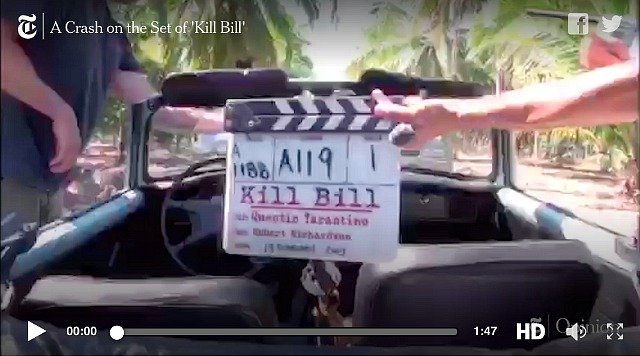
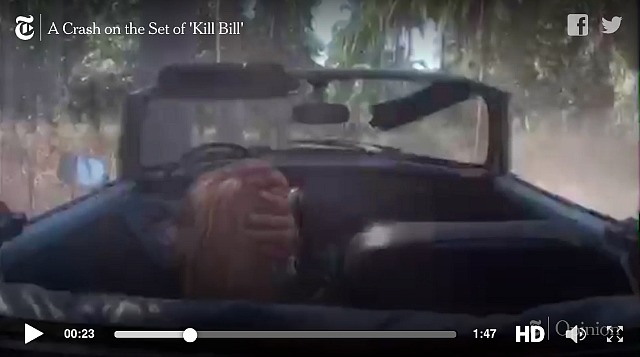
Thurman’s then-husband Ethan Hawke let Tarantno have it.
“I approached Quentin in very serious terms and told him that he had let Uma down as a director and as a friend,” he tells Dowd. It was like “Hey, man, she is great actress, not a stunt driver, and you know that.” Hawke added that the director “was very upset with himself and asked for my forgiveness.”
“Two weeks after the crash, after trying to see the car and footage of the incident, Thurman had her lawyer send a letter to Miramax, summarizing the event and reserving the right to sue. Miramax offered to show her the footage if she signed a document ‘releasing them of any consequences of my future pain and suffering,’ she says. She didn’t.
“Thurman was in ‘a terrible fight for years’ with Tarantino, she says. ‘We had to then go through promoting the movies. It was all very thin ice. We had a fateful fight at Soho House in New York in 2004 and we were shouting at each other because he wouldn’t let me see the footage and he told me that was what they had all decided.’
Gracious, Charming Oldman Has It In The Bag
Last night Darkest Hour‘s Gary Oldman, a lock for the Best Actor Oscar if there ever was one, did 90 minutes on-stage with Leonard Maltin. The specific occasion was a presenting of the SBIFF’s Maltin Modern Master Award, the festival’s highest honor, and it was like a coronation. The generic thing when you host one of these SBIFF tributes is to prostrate yourself and worship the honored guest like he/she is a combination of emperor, genius and living God, and Maltin did that, all right.
“You’re perfect, Gary…everything about you is wonderful, and it gives us such pleasure to celebrate that. Allow us to kiss the ring.”
What I’m saying, obviously, is that I wish these tributes could be a tad less kiss-assy and a little more like those witty, erudite 90-minute discussions that Dick Cavett used to do with Katharine Hepburn and others, but you can’t fight City Hall.
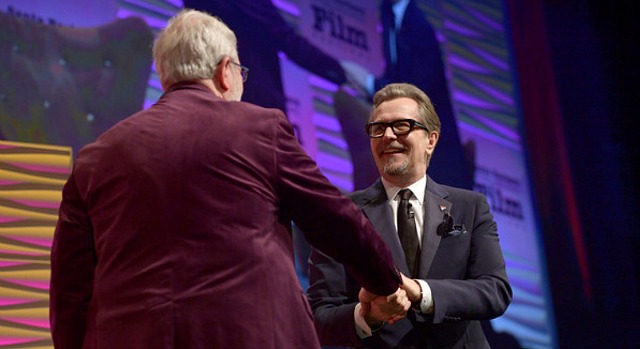
They had a conversation about Oldman’s pre-acting career (delivering milk in the wee hours, getting turned down by RADA at age 16) and so on. They also screened the usual clips. I was deeply disappointed that Oldman’s portrayal of Joe Orton in Stephen Frears‘ Prick Up Your Ears was ignored. I knew they’d show a Sid and Nancy clip and the famous one from True Romance when Oldman played a rasta-haired drug dealer who thinks he’s black…I knew it!
Oldman was unfailingly charming and gracious — he played the part that was expected of him. And Maltin, being Maltin, stayed away from every interesting side topic imaginable. He didn’t get within 10,000 feet of Oldman’s conservative beliefs and his disdain for political correctness. I respect Oldman for his atypical non-liberalism — it’s one of the things that makes him interesting, distinctive. But there was no way in hell Maltin was going to bring this up.
My other regret is that clip of Oldman dancing to “Get Up Offa That Thing” while in Winston Churchill makeup wasn’t shown — it would have been a huge hit!
Past recipients of the Modern Miraculous Maltin Mashable Masters award have included Denzel Washington, Clint Eastwood, Will Smith, Cate Blanchett, Johnny Depp, Michael Keaton, Ben Affleck, Christopher Plummer, Christopher Nolan, Bruce Dern, James Cameron, George Clooney and HE’s very own Peter Jackson.
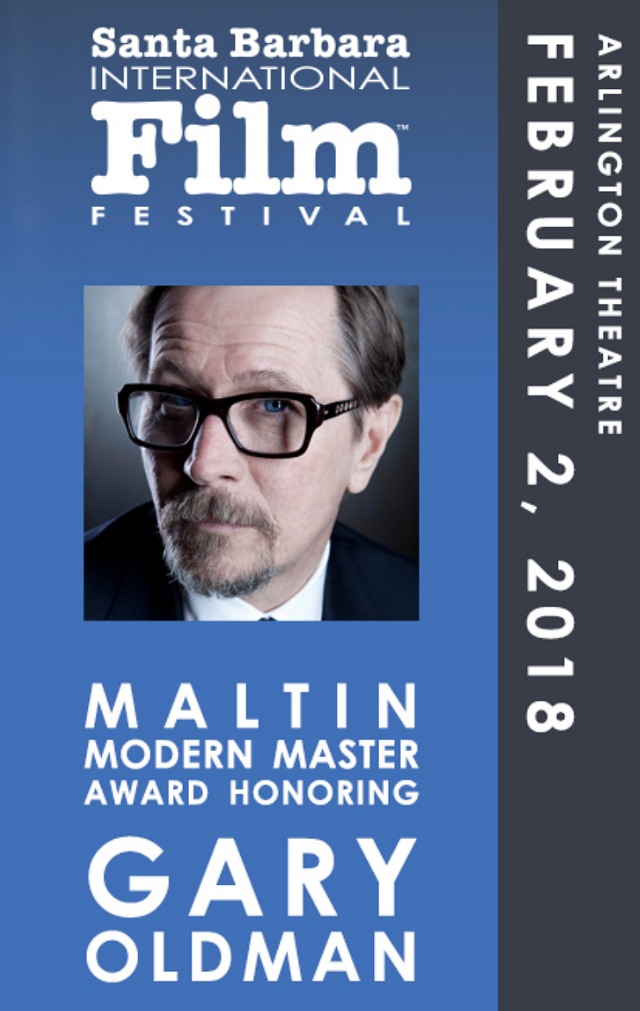
Faraci Returneth
The first and only time I sat down with Devin Faraci was in ’09 or thereabouts, in a midtown Manhattan restaurant. I’d been invited by Ed Douglas (now with Jeff Sneider‘s trackingboard), who was also at the table. Seven years later a long-dormant sexual assault charge surfaced and Faraci was soon toast. A week ago at Sundance I asked Douglas where Faraci is now, and he said he didn’t know. Tonight Faraci will appear in an interview on Zainab Salbi‘s #MeToo Now What?, a five-part series.
From “Faraci Goes Down,” posted on 10.11.16: “Apart from the issue of whether or not Faraci is widely liked or has created enemies, does an intelligent if abrasive writer-columnist deserve career ruination because of an unmistakably odious incident? Is it fair to send a drunken driver who has hit a pedestrian and who may be suffering from alcoholism…is it fair to sentence this offender to a long, life-destroying stretch in San Quentin? Some out there feel that capital punishment is the way to go, but I don’t know.”
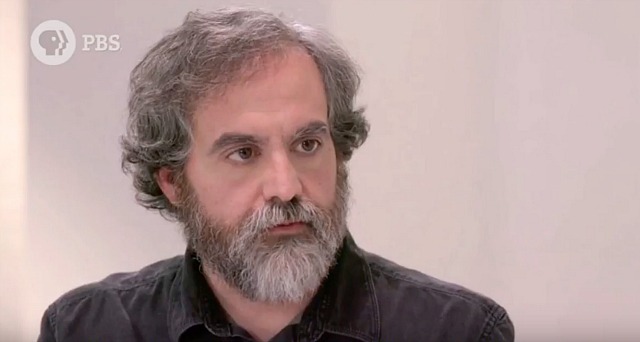
The Meter Is Running
Dan Aykroyd and Jane Curtin‘s old-hat hostility is still funny, but I doubt this kind of material would ever re-occur on Saturday Night Live, especially these days.
Second Verse, Same As The First
23 and 1/3 years ago David Mamet‘s Oleanna, a filmed version of his 1992 stage play, opened theatrically. A guarded relationship between a married university professor and one of his female students, who accuses him in Act Two of sexual exploitation and thereby ruins his chances of being accorded tenure.
Now comes Richard Levine‘s Submission, about another married college professor (Stanley Tucci) whose life turns into a raging sea when he’s accused of engaging in inappropriate behavior with a female student (Addison Timlin). Pic is based on “Blue Angel“, a 2006 novel by Francine Prose.
From Stephen Farber’s 6.25.17 Hollywood Reporter review: “Despite many script problems, Levine has kept the film tightly coiled and engrossing throughout. [And] the best performance comes from Kyra Sedgwick, who, as Tucci’s wife, conveys intelligence, sensuality and just the right dose of moral outrage. Her big scene, when she learns of Ted’s adultery and lashes out scathingly, ranks alongside two of the other great scenes of fury expressed by deceived wives: a monologue by Beatrice Straight in Network and another by Miranda Richardson in Damage.”
Submission will open in New York City on 3.2, and in Los Angeles and other markets on 3.9.
Et Tu, Tony?
N.Y. Times critic A.O. Scott has more or less thrown Woody Allen under the bus. Despite the facts in the most recent Robert Weide essay, the absence of any other accusations against Allen and evidence that child abusers are rarely one-time offenders, Scott believes Dylan Farrow.
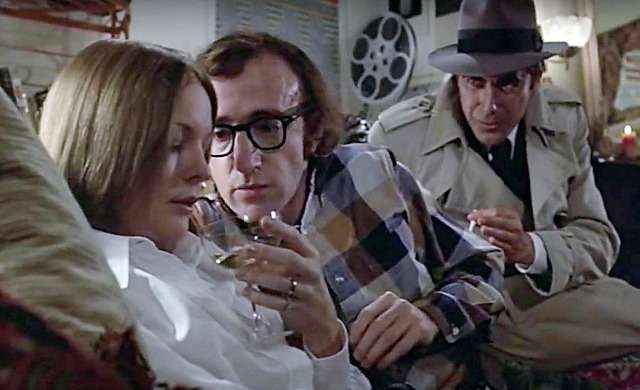
“It’s a matter of who deserves the benefit of the doubt,” Scott explains. The article is anything but bluntly worded, but Scott seems to be basically saying that Allen’s history and more specifically his films contain little hints and half-revelations about his sexual nature and longings, and that these, to Scott, are sufficiently disturbing to give him pause.
This means, I presume, that Scott will be giving A Rainy Day in New York a bad review if and when it finds some avenue of distribution. (Everyone seems to believe that Amazon will cut the film loose sooner or later.) That or someone else will review it.
Kiss of Steel
Dave Itzkoff’s N.Y. Times takedown piece on Alec Baldwin reads like a Stalinist comintern critique about the shortcomings of someone who’s fallen out of political favor. Itzkoff’s case is that Baldwin lacks the moral authority to skewer Donald Trump on Saturday Night Live because (a) he’s either been supportive of or hasn’t sufficiently condemned accused abusers like Woody Allen, James Toback and Dustin Hoffman and (b) he’s questioned the characters and motives of Dylan Farrow and Rose McGowan.

There are no effective “yes but” rebuttals in Hoffman and Toback’s cases, but Baldwin’s defense of Allen has been rational, factual and tough-minded. Say it again: Any fair-minded assessment of the facts behind the Allen-Farrow case leaves room for considerable doubt.
Baldwin is an angry guy, for sure, and hardly a member in good standing of the #MeToo vanguard, but Itzkoff has basically gone after Baldwin not for anything he’s done, but for something he thinks. The underlying message is “it’s time to put guys like Baldwin out to pasture because all crusty boomer-aged dinosaurs have to be marginalized and discredited.” Just as those 18th Century Parisians whose views didn’t sufficiently align with those of Maximilien Robespierre needed to go to the guillotine.
The point was made in Itzkoff’s piece by TV writer Nell Scovell, who said that Baldwin’s support of Toback and Allen “smacks of overlooking and underestimating women while overvaluing the men.”
Orangutan Obviously Moving Against Mueller
The first step in Donald Trump’s plan to deball and dilute Robert Mueller‘s investigation into Russian collusion and obstruction of justice happened this morning when the House Intelligence Committee released its cherry-picked memo. Trump-approved and Devin Nunes-finessed, the memo alleges anti-Trump bias on the part of the FBI and Justice Department in the Trump-Russia investigation.
The plan, of course, is to use this memo to fire Deputy Attorney General Rod Rosenstein and thereafter replace him with some Trump flunky who will presumably block or get in the way of Mueller’s investigation in every imaginable way.
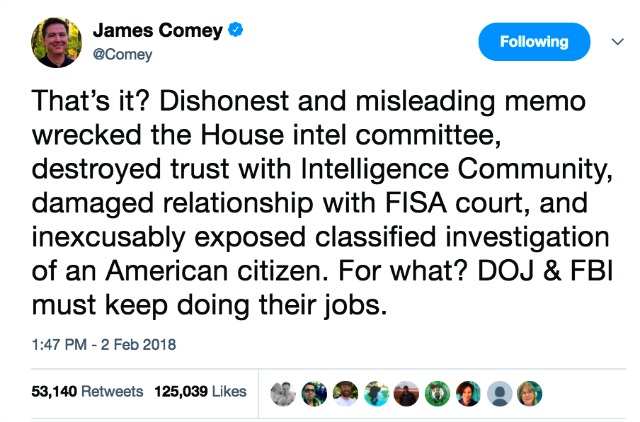
This is a strong-arm Mussolini move — fascistic bully-boy behavior. Obviously part of an established pattern of Trump getting rid of his perceived Justice Department enemies — Deputy director Andrew McCabe, former FBI director James Comey, United States Deputy Attorney General Sally Yates.
The gist of the memo is that the allegedly biased (i.e., critical of Trump) Christopher Steele report “formed an essential part of the initial and all three renewal FISA applications against Carter Page,” per a Washington Examiner summary.
Rose McGowan Is Howard Beale-ish
In his masterful Network, director Sidney Lumet clearly wanted the audience to regard Peter Finch‘s Howard Beale as half coming-apart but also half-inspired. As one who psychedelically sailed into the mystic and the Bhagavad Gita in my early 20s, I’ve always preferred to see Beale as a spiritual emissary, first and foremost:
“This is not a psychotic episode,” Beale says to William Holden‘s Max Schumacher. “This is a cleansing moment of clarity. I’m imbued, Max. I’m imbued with some special spirit. It’s not a religious feeling at all. It’s a shocking eruption of great electrical energy. I feel vivid and flashing, as if suddenly I’d been plugged into some great electromagnetic field. And even to some great, unseen, living force. What I think the Hindus call prana.”
Rose McGowan has meltdown on stage at Barnes & Nobles book signing after trans heckler yells that she hasn't done anything for trans women who are victims of sexual assault. pic.twitter.com/fTRafCUNcL
— Pop Crave (@PopCrave) February 2, 2018
Last night a friend conveyed an opinion of Rose McGowan‘s hyper, cranked-up behavior on Late Night with Stephen Colbert and particularly her Wednesday night meltdown at a Manhattan Barnes & Noble. McGowan is “losing her ever-loving mind. It’s basically Network. No one wants to say anything but it’s obvious.”
HE reply: “Yeah, she’s very hyper, like she’s on Ritalin. But sometimes the usual social niceties fall to the wayside when a person is really throbbing with a special spirit or current. She’s speaking her truth and seems sharp and lucid as far as that goes. On the other hand she’d like to string up a significant portion of the white male power structure, and there’s something a little Ox Bow Incident about that.”
Friend: “Is it drugs or is she just cray cray? She’s getting props tweets from Anthony Bourdain (‘In a world of timidity, compromise and bullshit , @rosemcgowan howls fearlessly at the moon‘) who clearly can’t see the problem here. Scary shit. Has to be drugs.”
HE reply: “Just as I was disinclined to see Howard Beale as raving and unstable, an instinct is telling me that however eccentric she may seem in terms of her manner and speaking style, McGowan’s anger is fed by honest experience, honest fuel. I’m not sensing a chemical imbalance as much as old-fashioned rage and rhetorical fire.”
Dafoe Lights Up Town
Hollywood Elsewhere arrived in Santa Barbara late this afternoon, and then attended a big SBIFF tribute for The Florida Project‘s Willem Dafoe at the Arlington theatre — a 90-minute q & a with Deadline‘s Pete Hammond, the usual array of clips, and a presentation of the Cinema Vanguard award by The Fault In Our Stars director Josh Boone.
Huzzah for one of our most gifted and tenacious indie-level actors, a guy who’s been digging in and chugging along for 40 years now, and was lucky enough to enjoy a brilliant nine-year streak from ’85 to ’94 — the counterfeiter in William Friedkin‘s To Live and Die in L.A., Sergeant Elias in Oliver Stone‘s Platoon, Jesus of Nazareth in The Last Temptation of Christ, FBI agent Alan Ward in Alan Parker‘s Mississippi Burning, a pissed-off paraplegic in Stone’s Born on the Fourth of July, Bobby Peru in David Lynch‘s Wild At Heart, Jon LeTour in Paul Schrader‘s Light Sleeper, and John Clark in Phillip Noyce‘s Clear and Present Danger.
Dafoe often works with the strongest and most innovative directors around. I especially respected his performance as Pier Paolo Pasolini in Abel Ferrara‘s Pasolini (’14). Sure, Dafoe appears in crap from time to time, but who doesn’t?
Earlier this month Dafoe’s Florida Project performance was an apparent lock for the Best Supporting Actor Oscar, but all of sudden Three Billboards‘ Sam Rockwell stole the heat with Golden Globe and Critics Choice wins, and now…who knows?
Dafoe spoke a bit about playing Vincent Van Gogh in Julian Schnabel‘s At Eternity’s Gate, which recently finished shooting. He said it would be a more inward-looking, painter’s-eye study at Van Gogh’s struggle.
